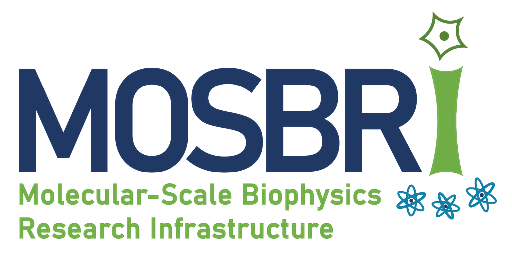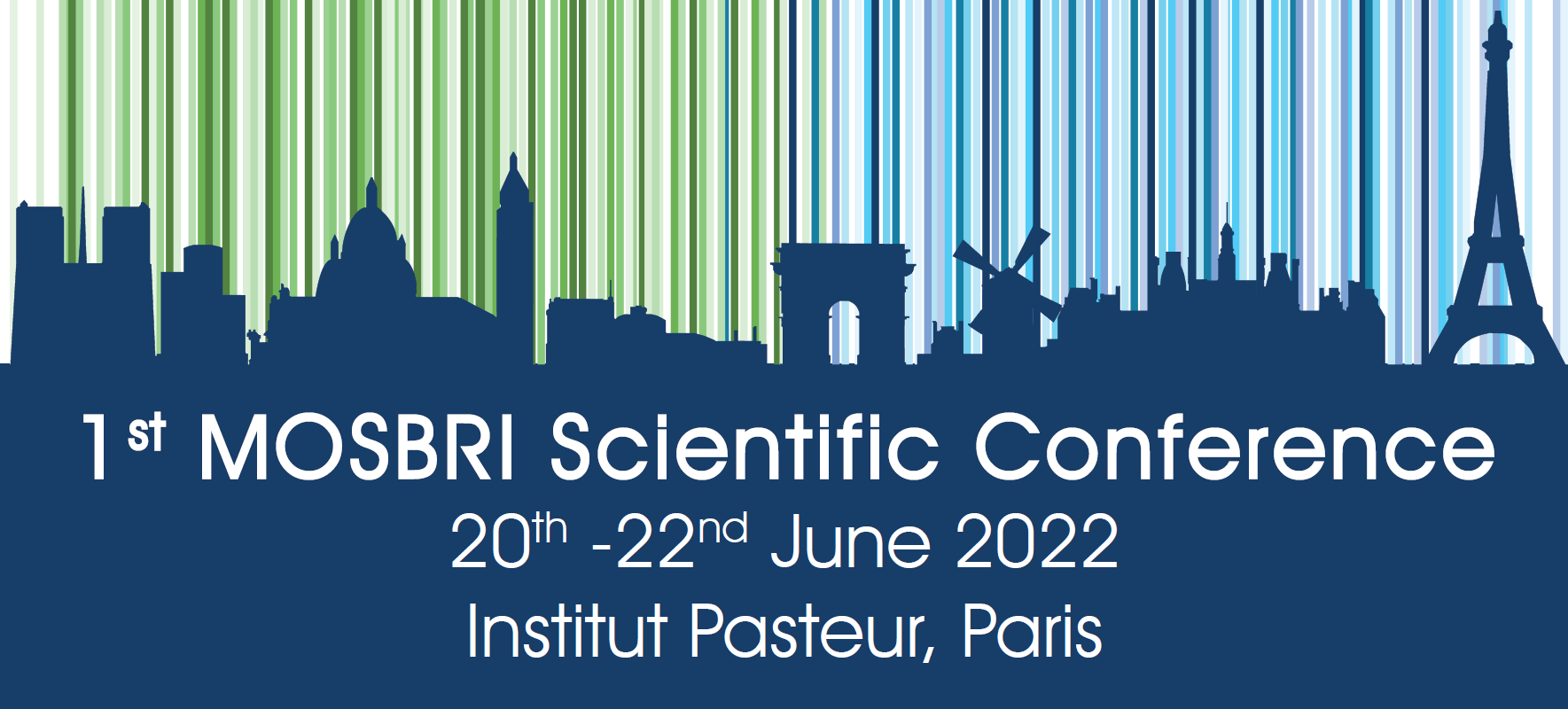MOSBRI Network

Since 2021, the Vlijm lab, specialized in (live) cell STimulated Emission Depletion (STED) Microscopy, and other University of Groningen (RUG) groups have been part of the European MOSBRI network for Molecular Biophysical characterisation. This page provides practical information for people interested in working with us in context of the MOSBRI programme. MOSBRI aims to address the pressing need for a truly integrated and multi-methodological taskforce, combining the best up-to-date instrumentation and the best expertise available in Europe, to the benefit of all researchers in the fields of biomedicine, biotechnology, biomaterials and beyond, from both academia and industry (notably SMEs).
Further information on all instruments and methodologies offered at the RUG within the MOSBRI programm can be found at the MOSBRI website and at the website of the RUG. For research-specific questions you are encouraged to contact us.
1st MOSBRI Scientific Conference, 20th-22nd June 2022, Institut Pasteur, Paris

MOSBRI 2022 showcases how our integrated network can tackle an unusually wide variety of life science research questions by exploring the new cutting edge developments in molecular biophysics. MOSBRI2022 includes an exciting line-up of invited presentatations from MOSBRI partners, Scientific Advisory Board members and external speakers, as well as from scientists that have already benefitted from the free of charge Trans-National Access (TNA) opportunities that MOSBRI provides. There will also be two poster sessions, allowing delegates to present their research and to network with MOSBRI partners. “Between atom and cell”
www.mosbri.eu
List of speakers
Claudio Canale (Genova, Italy) • Tatiana Charnavets & Jan Johnalek (Vestec, Czech Republic) • Francesca Cutruzzola (Rome, Italy) • Pierre Dorlet (Marseille, France) • Patrick England & Bertrand Raynal (Paris, France) • Maria Garcia Alai & Osvaldo Burastero (Hamburg, Germany) • Chris Genick (Basel, Switzerland) • Rob Gilbert (Oxford, UK) • Søren Vrønning Hoff mann (Aarhus, Denmark) • Hajira Ahmed Hotiana (Copenhagen, Denmark) • Adela Karhanova (Vestec, Czech Republic) • Natalia Markova (Malvern, UK) • Adriana Erica Miele (Lyon, France) • Neza Omersa (Ljubljana, Slovenia) • Vincent Raussens (Brussels, Belgium) • Juan Sabin (Santiago de Compostela, Spain) • Javier Sancho and Adrian Velazquez Campoy (Zaragoza, Spain) • Anna Sobiepanek (Warsaw, Poland) • Rifka Vlijm (Groningen, Netherlands) • Eleonore Von Castelmur (Linköping, Sweden) • Mark Williams (London, UK) • Barbara Zambelli (Bologna, Italy)
This project has received funding from the European Union’s Horizon 2020 research and innovation programme under grant agreement No 101004806
Stimulated Emission Depletion (STED) Microscopy
Our group offers access to a state-of-the-art Stimulated Emission Depletion (STED) microscope which is optimized for live- and fixed cell imaging. The STED beam wavelength is 775nm, and we have two excitation wavelengths available for super resolution imaging: 560 and 640nm. We have additionally 405 and 480nm excitation lasers available for additional confocal imaging. To get an impression of the kind of data that can be obtained with this microscope, the following reference is indicative:
- Vlijm, R., et al., STED nanoscopy of the centrosome linker reveals a CEP68-organized, periodic rootletin network anchored to a C-Nap1 ring at centrioles. Proc Natl Acad Sci U S A , 2018. 115(10): p. E2246 - E2253.
